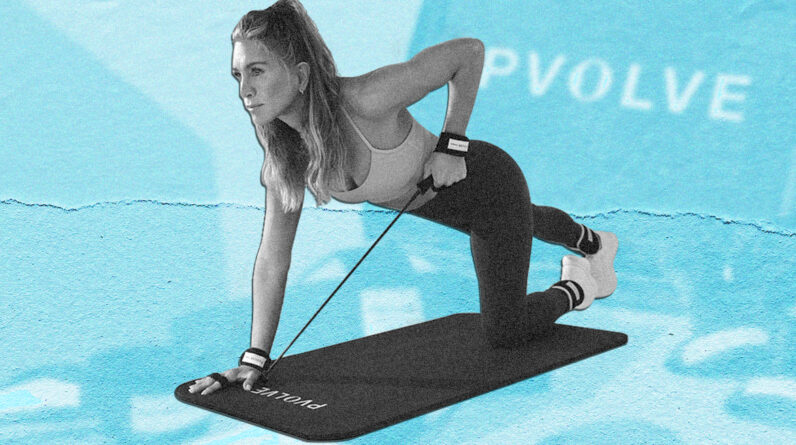
Looking for an exercise for weight loss? Experiment with different types of high knee exercise for weight loss.
We all know the typical running or jogging motion. Now add exaggerated knee lifts to it, and you will get high knees. It may look like an easy way to workout, but it is a high energy move. This exercise gets your heart pumping while engaging your core and your lower body. You should include it in your fitness regime, especially if you want to lose weight. It is a high-intensity exercise that can help in burning calories in a short amount of time. Let us tell you some of the variations of high knees for weight loss.
What is the high knees exercise?
High knees workout is a cardiovascular exercise that includes hastily lifting the knees toward the chest while standing in one place. It engages the core muscle groups, hip flexors, and all the muscles in your leg, says fitness expert Yash Agarwal.

High knees for weight loss
High knees can be a great way to warm up or you can include it in your high-tensity workout routine to help with weight reduction. It quickly burns a good amount of calories. It is difficult to get an exact figure, as it varies depending on the frequency, duration, diet, and individual metabolism. But about 250 to 300 calories can get burned in 30 minutes by doing high knees.
Also, it engages more than one muscle group, and that may raise metabolism and calorie burn even more. As a cardiovascular workout, it improves heart health and gives strength, allowing women to sustain longer and do more intense exercises. This further promotes weight loss.
How to do high knees?
To do this exercise for weight loss, follow these steps:
Also Read

- Begin by standing with your feet hip-width apart.
- Elevate your right knee and bring it closer to your chest while raising your left arm.
- Lower your right leg back to the floor and without any delay move your left knee toward your chest while elevating your right arm.
You must alternate your legs quickly and get your core engaged while doing high knees, says the expert. Beginners can start with 10 to 15 seconds for each set. For better results, keep adding a set when you get comfortable doing high knees.
What are the variations of high knees?
You can always do high knees while running or jogging. Here are some of its variations:
1. High knee march
It is similar to the basic high knees. However, high knee march is done at a slower pace, says the expert.
2. High knee skips
Add a skipping movement while performing high knees, alternating between lifting knees higher and pushing off the floor with each step.
3. High knee tuck jumps
This exercise comprises a jump after each high knee. You need to explosively push yourself off the ground with doing high knees.

4. Leaning high knees
It is the same as the basic high knee, but you will also have to keep your back leaning against a wall. This way you can maintain balance, and prevent any risk of falls.
5. High knees with resistance bands
Put a resistance band across your ankles or thighs for extra resistance while doing high knees, suggests Agarwal.
Who should avoid high knees?
High knees can put pressure on the knees and hips, so those with existing injuries in these areas must keep stay from this exercise. Even pregnant women need to be cautious when it comes to high knees to avoid any complications. Since it involves raising the knees, the movement can put pressure on the belly.







